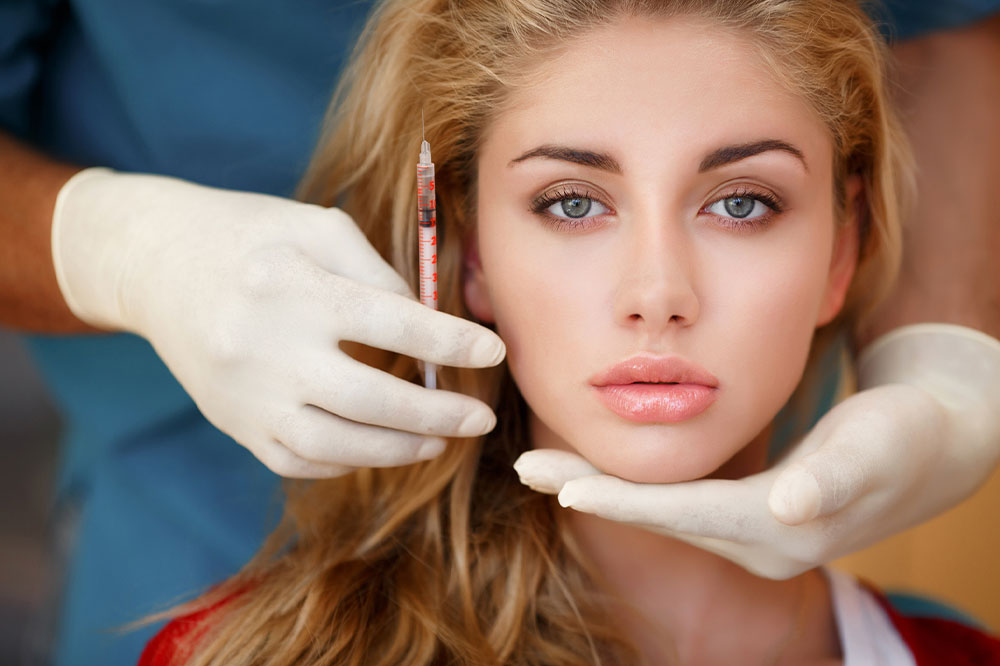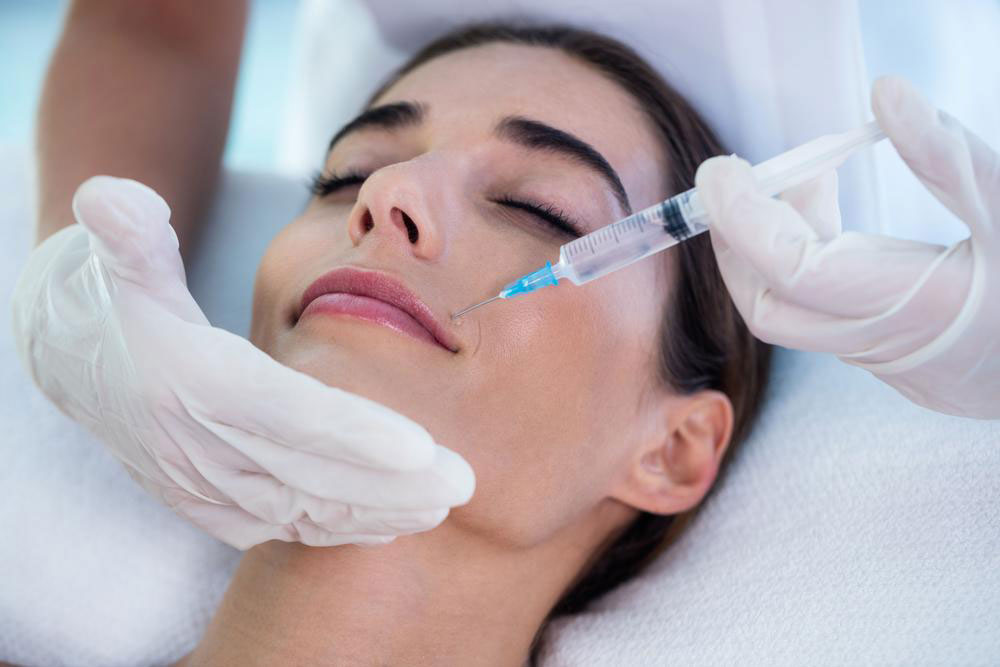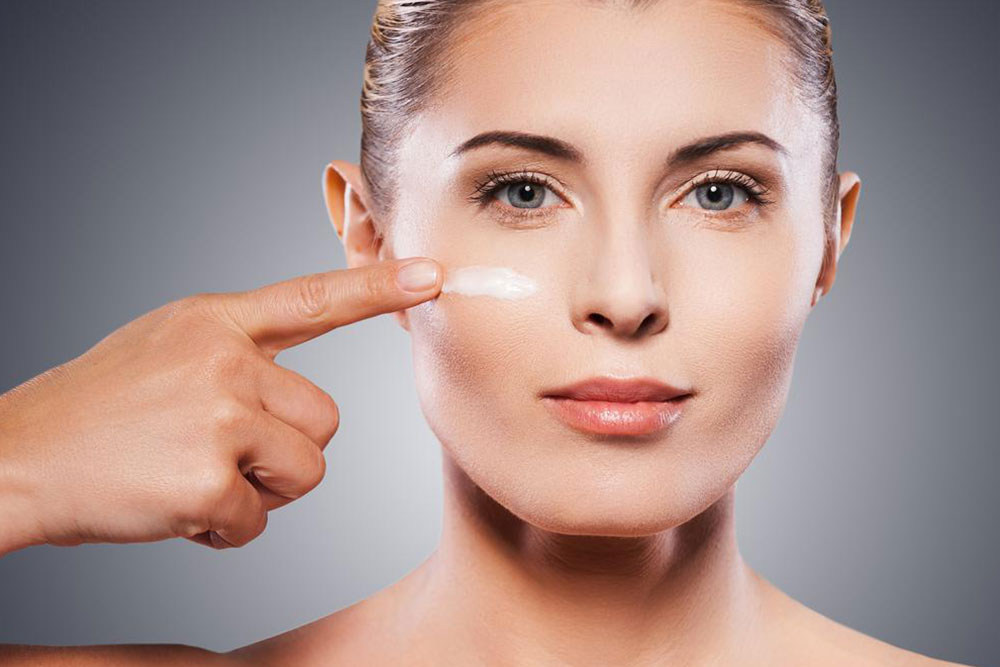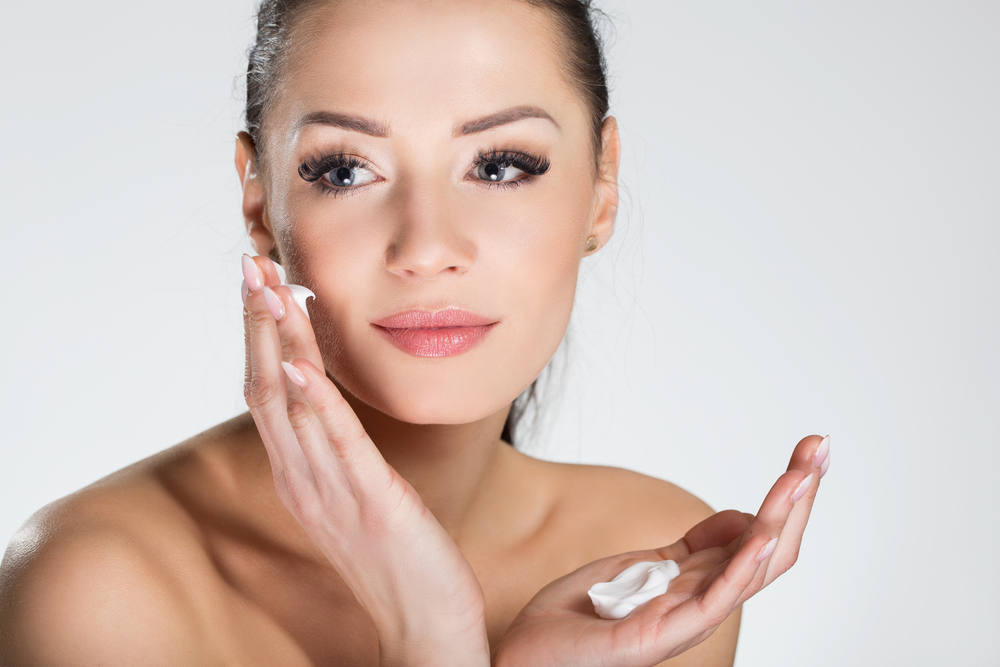The Ultimate Guide to Botox: Everything You Need to Know About Facial Rejuvenation
Botox offers a minimally invasive solution for facial rejuvenation, helping reduce wrinkles and fine lines effectively. This comprehensive guide explains how Botox works, the treatment process, potential risks, costs, and the best timing for treatment. Perfect for anyone seeking youthful skin, Botox provides quick, safe, and long-lasting results when performed by qualified professionals. Whether for preventive measures or aesthetic enhancement, understanding Botox is essential for making informed decisions about facial care and aging gracefully.
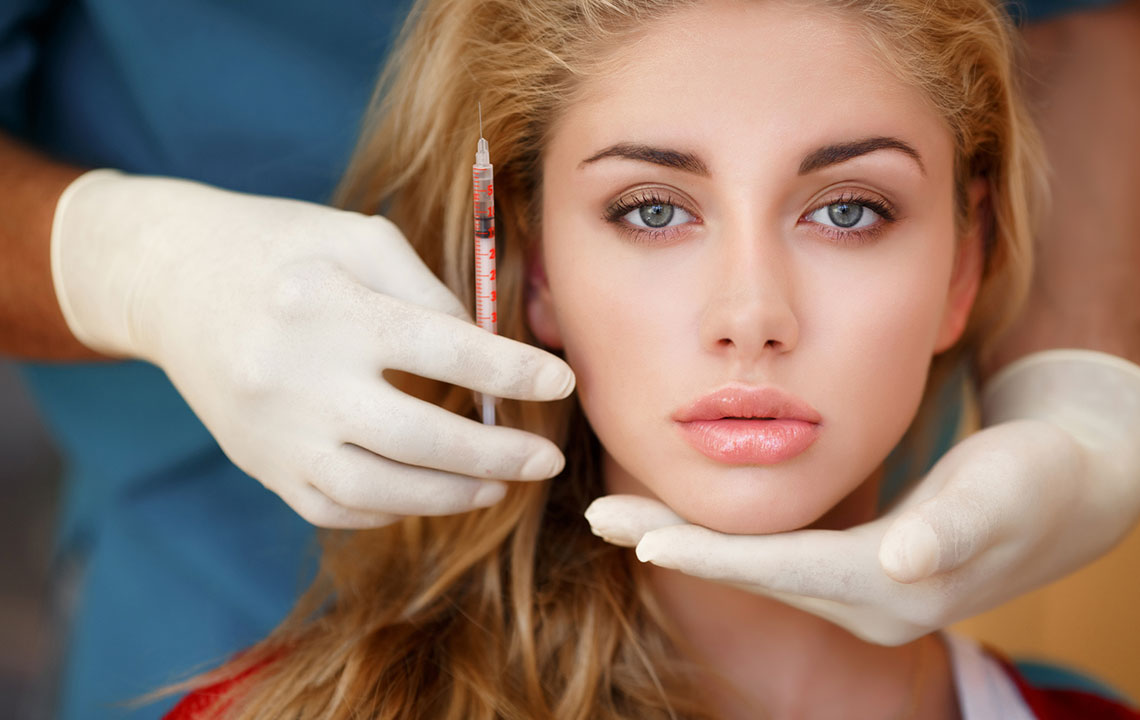
The Ultimate Guide to Botox: Everything You Need to Know About Facial Rejuvenation
As we age, our skin undergoes natural changes that often lead us to seek ways to preserve a youthful appearance. Wrinkles, fine lines, and expression lines become inevitable signs of aging, but modern cosmetic treatments offer effective solutions to combat these signs and boost confidence. Among these treatments, Botox stands out as one of the most popular and trusted options worldwide. This comprehensive guide aims to provide a detailed overview of what Botox is, how it works, the treatment process, potential risks, costs, and optimal timing to help you make informed decisions about facial rejuvenation.
Botox, scientifically known as botulinum toxin, has revolutionized aesthetic medicine by offering a minimally invasive method to reduce visible signs of aging. While traditionally associated with cosmetic enhancement, Botox also holds therapeutic uses, including treatment for excessive sweating, migraines, and muscle spasms. Understanding its origins, mechanism, and benefits is crucial for anyone considering this treatment as part of their skincare routine or anti-aging strategy.
What is Botox and How Does It Function
Botox is a purified form of botulinum toxin, a neurotoxin produced by the bacteria Clostridium botulinum. Despite its reputation as a deadly toxin, in controlled, medicinal doses, it offers remarkable benefits for skin and muscle treatment. The toxin works by temporarily blocking neural signals in the muscles, preventing them from contracting. This process results in smooth, wrinkle-free skin and a more youthful appearance.
When injected into specific facial muscles, Botox causes relaxation of the targeted areas. This relaxation diminishes the appearance of crow’s feet, forehead lines, frown lines, and other dynamic wrinkles created by repetitive muscle movements. Over time, this can also prevent new wrinkles from forming, effectively acting as a preventive measure if used early in the aging process.
The Science Behind Botox
Botox’s primary mechanism involves the inhibition of acetylcholine, a neurotransmitter responsible for transmitting signals from nerve endings to muscles. When Botox is injected, it binds to nerve endings and blocks the release of acetylcholine, leading to muscle paralysis. This paralysis is temporary because nerve endings gradually recover, which is why the effects of Botox last for several months.
Proper administration and dosage are critical to maximizing benefits and minimizing side effects, making it essential to seek treatment from qualified medical professionals. The safety profile of Botox is well-established, making it a preferred choice for millions worldwide seeking aesthetic improvements.
The Botox Treatment Procedure
Botox is administered through a series of tiny injections into targeted facial muscles. The procedure is outpatient and non-surgical, requiring only a few minutes to complete. Before treatment, a consultation with a certified healthcare provider is essential to assess your facial anatomy, discuss your aesthetic goals, and develop a personalized treatment plan.
During the procedure, the clinician uses a fine needle to inject specific areas such as the forehead, between the eyebrows (glabellar region), around the eyes, and sometimes the neck. The amount of Botox needed varies depending on individual factors, including muscle strength and the area being treated. Typically, doses range from 5 to 30 units per treatment area. The injections are quick, and discomfort is usually minimal, often described as a slight pricking sensation.
Following the injections, some patients may experience mild swelling or bruising, which subsides quickly. Visible results typically develop within 1 to 5 days, with full effects often noticeable by the end of the first week. Results can last between 3 to 6 months, after which repeat treatments are necessary to maintain the effects.
Potential Risks and Safety Considerations
While Botox is generally considered a safe procedure when performed by trained professionals, it is important to be aware of potential risks and side effects. Some minor and temporary side effects include redness, swelling, bruising, or mild pain at the injection site. Less common but more serious adverse effects could involve drooping eyelids, asymmetric facial expressions, or muscle weakness if the toxin spreads beyond the targeted muscles.
To minimize risks, choosing a licensed and experienced practitioner is crucial. Patients with certain medical conditions, allergies, or those pregnant or breastfeeding should consult their healthcare provider before proceeding with Botox treatments. Proper dosing, precision in injection sites, and thorough patient assessment significantly enhance safety outcomes.
Cost and Financial Considerations
The cost of Botox varies depending on several factors, including geographic location, the provider’s expertise, and the number of injections required. Typically, clinics charge per unit of Botox, with prices ranging from $7 to $25 per unit. The total cost for a session can range from $150 to over $600, based on the treated areas and the number of units administered.
Since the effects last around 3 to 6 months, multiple sessions are often necessary to sustain desired results. Budget planning for ongoing treatments can help ensure continuity in maintaining a youthful appearance without unexpected expenses. Many clinics also offer package deals or discounts for multiple sessions, making treatment more accessible.
When is the Best Time to Consider Botox?
Most individuals consider Botox starting in their late 20s to early 30s, especially if early signs of aging or fine lines are evident. Early intervention can help delay the formation of deep wrinkles, acting as a preventative strategy. However, it is never too late to start—or too early, depending on personal preferences and aesthetic goals.
Deciding when to begin Botox should be a personalized decision guided by a healthcare professional. Factors such as genetics, skin type, lifestyle, and aesthetic aspirations play vital roles in determining the optimal time to initiate treatment. Maintaining a good skincare routine, staying hydrated, using sun protection, and leading a healthy lifestyle can complement Botox treatments and enhance overall skin health.
Ultimately, Botox is a versatile and safe option for those looking to improve their appearance and boost their confidence. Whether used for prevention or repair, understanding its benefits and limitations helps individuals make informed choices about their facial aesthetics.
